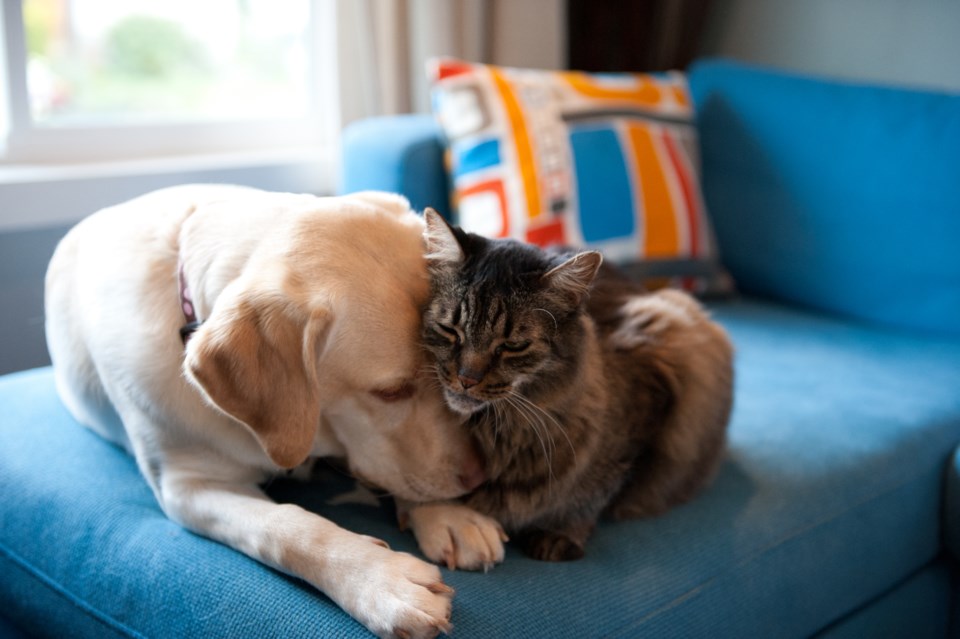A quarter of Canadians are choosing pets over kids — especially millennials and gen Zs — due to lower costs.
A new report from Rover.com reveals that the average annual cost ranges from $660-$4,430 per dog or $495-$1,570 per cat. Meanwhile, raising a child in Canada can range between $10,000 to $15,000 a year.
Despite rising living costs and inflation, a significant number of people are changing their spending habits to benefit their pets.
“Like most consumer goods and services across the globe, the cost of pet products have increased in the past year,” said Kate Jaffe, the trend expert at Rover, in a press release.
Most pet parents have noticed the impact of inflation on pet-related costs, but this hasn’t stopped them for buying quality products for their pets.
The report shows that 56 per cent of dog parents prioritize nutritious and fresh-ingredient dog food, and 14 per cent are now willing to invest more in smart pet tech devices than they were five years ago.
But as Jaffe notes, this proves “pets and their well-being aren’t discretionary expenses, but rather part of the mandatory family budget.”
The report highlights that 70 per cent of dog parents have noticed increasing pet-related costs due to inflation. Another 76 per cent stated they are concerned about how much costs will continue to rise over their pet’s lifetime.
New challenges
When the pandemic shut down the world and forced people isolate and stop social interactions, many turned to animals for emotional support.
Pet Valu Canada reported about 3 million pets joined Canadian homes during the pandemic.
But with the lifting of restrictions, about 56 per cent of pet parents are taking on new pet care services aimed at tackling pet anxiety like calming treats, separation anxiety training, and enrichment toys.
Unsurprisingly, more pet parents would get an additional pet if it wasn’t so costly, especially gen Z and millennials.




